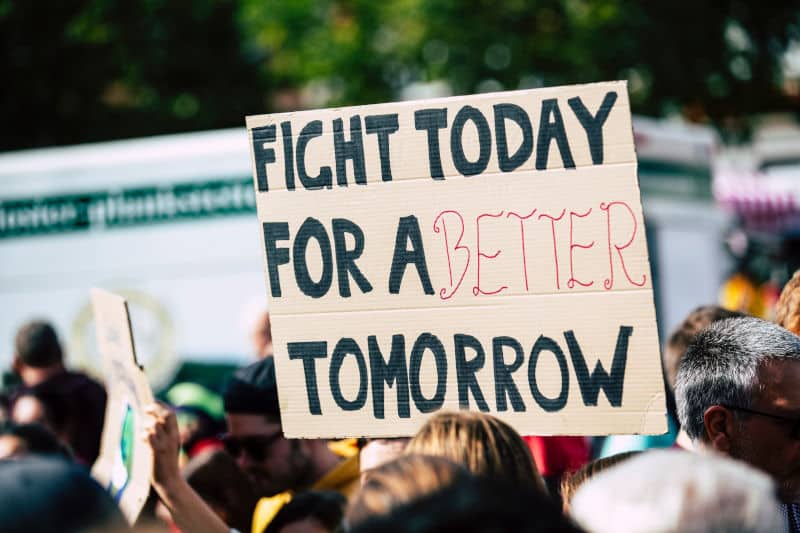The Importance of Sustainable Development for our Planet
The world’s natural resources are limited, and with growing human populations we must protect these resources. Sustainable development is the development of these resources at a sustainable and controlled level. This is to meet current human resource needs whilst avoiding the destruction and over-usage of these environmental resources.
Defining Sustainable Development
The main goal of sustainable development is to create an equal balance between economy and the environment to avoid the depletion of natural resources.
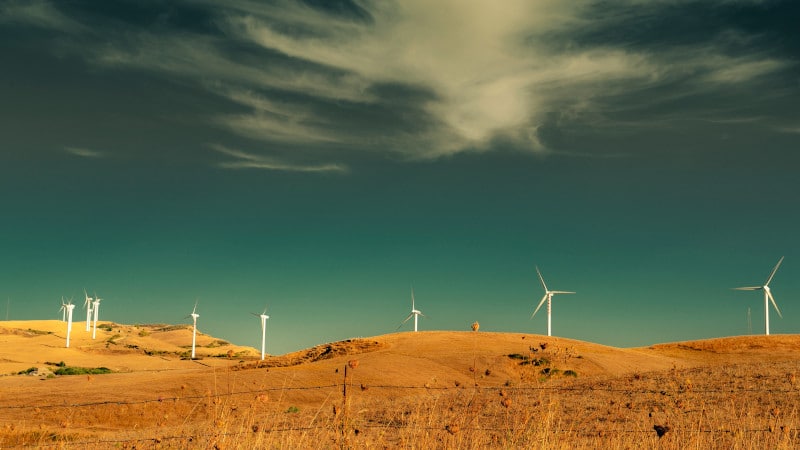
This is shaped around 3 main factors, being the economy, the social community and the environment. Sustainable development is the future for peace and harmony between human kind and the environment.
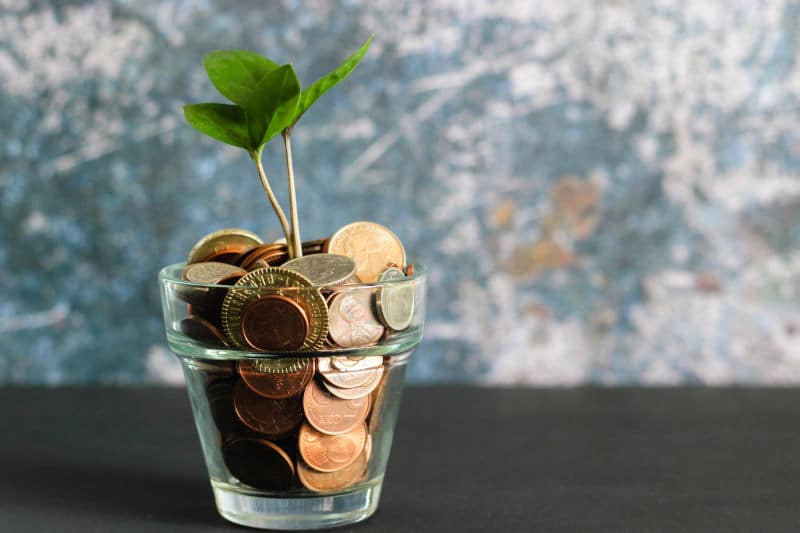
Sustainable development has been described by the Bruntland Commission Report as “development that meets the needs of the present without compromising the ability of future generations to meet their own needs.”
There are many challenges with economic, social and environmental implications that we must overcome in order to achieve a more sustainable future.

Over-consumption of resources is one of the main issues, as it causes over-demand for resources that are not available in large quantities over an extended period of time.
These resources are being used faster than they can be replenished. As a result, sustainable development is now an essential focus for governments and societies across the globe. There are 6 main natural resources that are being consumed much faster than they can be replenished:
- Water
- Oil
- Natural gas
- Coal
- Phosphorus
- Rare earth minerals

In this article we will cover the importance of sustainable development in the sense of economical value, societal benefits and environmental protection. This will include different types of sustainable development and ways we can help to achieve a more sustainable future.
The Pillars of Sustainable Development
The main concept for sustainable development is the equal balance between economic growth, environmental protection and social stability. Here is the importance of each sector with the part they play in the expansion of sustainable development.
Environmental Protection
It is clear that our planet is being majorly threatened by human activity and the over-consumption of natural resources. As a result, there are multiple environmental issues that need to be targeted and solved. However, we can not focus on just one, as each has different priorities and essential roles in the functioning of our planet.

There are many developmental objectives we must attain whilst stay within environmental limits. This means conserving and using our resources at a sustainable level to avoid damaging ecosystems and communities. We must restore and maintain a healthy natural environment by protecting biodiversity in freshwater, marine and terrestrial environments.
Economic Growth
The main goal in this sector is to have environmentally sustainable economic growth. To achieve this goal, it is essential for countries to develop strategies for producing more goods and services without negatively impacting the environment. The benefits and advantages of increased economic growth are:
- Improved living standards
- Increase in jobs
- Reduced global unemployment rate
- Reduced poverty
- Increased life expectancy
- Improved educational opportunities

Sustainable economic growth signifies a rate of monetary increase for a nation without creating any other significant ecological or economical problems for future generations. The main issues with economic growth are:
- Noise pollution
- Air pollution
- Disease and affluence
- Congestion
- Use of non-renewable resources
- Inequality amongst communities
Social Interactions and Stability
It is just as important to consider human well-being in this matter. Therefore, improving the environmental and economic situation without deteriorating human quality of life. This includes ameliorating living standards, reducing poverty and creating equality for all.
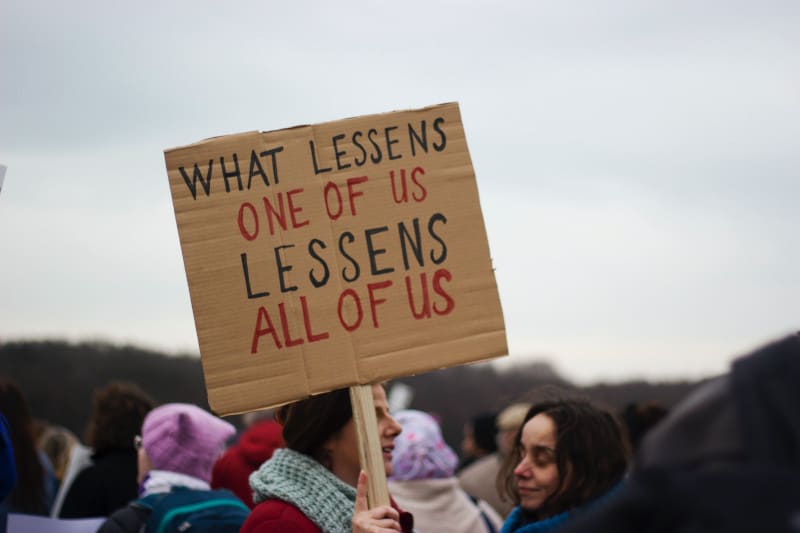
In the sustainable development goals for the 2030 agenda, there are a significant number of human rights commitments. These are aiming for equal and inclusive opportunities for people around the world.
By working strategically with businesses, governments and other large economic actors, there is an aim to provide better food resources, housing and education for those less fortunate. In order to assess human rights development, states are encouraged to analyze economic, social, and environmental policies and impacts throughout the processes.
Examples of Sustainable Development
In order to be more sustainable, technologies have been developed to allow us to use these resources at a more efficient and eco-friendly level.
Wind Energy
Wind energy is one of the most common sources of sustainable development. If you didn’t know, wind energy is power that is converted from the wind. This is one of the most efficient and oldest renewable energies exploited by humans.
In order to convert wind into energy, technology known has wind turbines was developed. As the balds of the wind turbine move around, the wind is converted into electrical energy. As a renewable energy, wind power is an excellent, efficient and eco-friendly manner of producing energy.
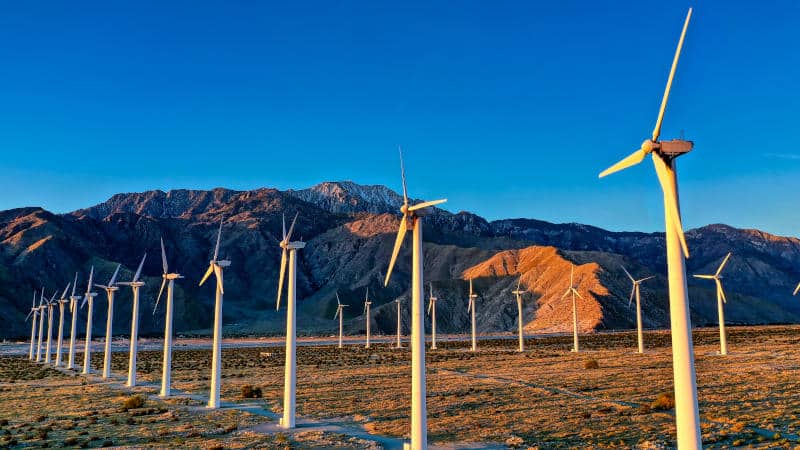
There are many benefits to wind power as a source of energy. There is no air or water contamination or pollutants produced, due to their fully environmentally friendly mechanisms. There are no uses of fossil fuels and the efficient technology means that wind turbines are inexhaustible.
Finally, wind turbines to not produce any waste, and are not only environmentally friendly, but also produces employment and money for local communities.
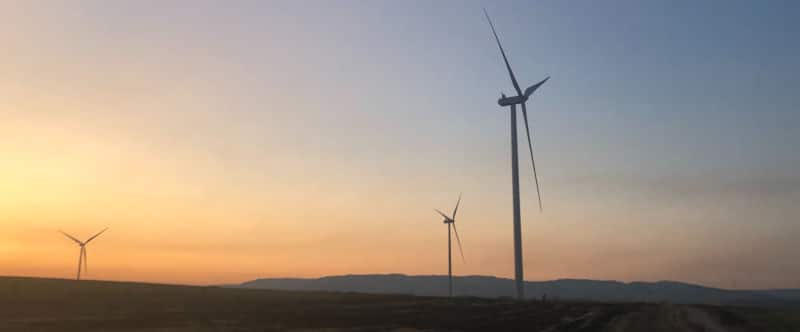
Wind energy is quickly developing and becoming an important source for renewable energy around the world. As a result, it currently supplies around 2.5% of the worlds energy consumption, and is already present in 79 countries.
Solar Energy
Solar power is a renewable energy, sourced from sunlight. Solar panels were developed in order to convert sunlight into electrical energy. This is done by absorbing the sunlight and taking the electrons from their atoms.
As the electrons move through the material, this then produces electricity. The energy produced through these chemical reactions has the potential to supply a large amount of our energy needs.

Solar panels are also known as photovoltaic systems. These systems are designed to capture the sunlight and convert the photons into energy. These low maintenance, highly efficient systems are incredibly reliable when it comes to renewable energy.
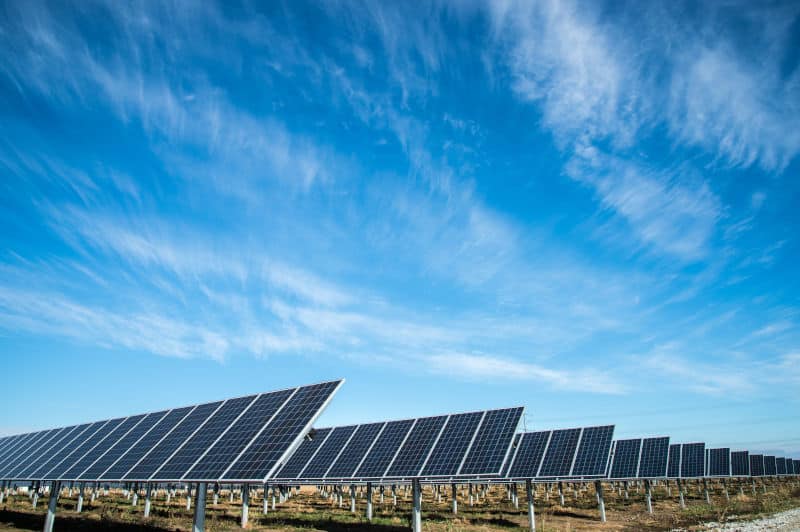
This source of energy is equally inexhaustible, they do not produce any kind of pollution and has a positive effect on the environment. As a result, it replaces other types of energy resources such as through fossil fuels.
Although solar energy has an incredibly low carbon footprint, there are conditions needed for it to work efficiently. Depending on the type of solar energy, the conditions can differ. If we are talking about a solar thermal panel then it doesn’t have to be a sunny day for it too be successful.
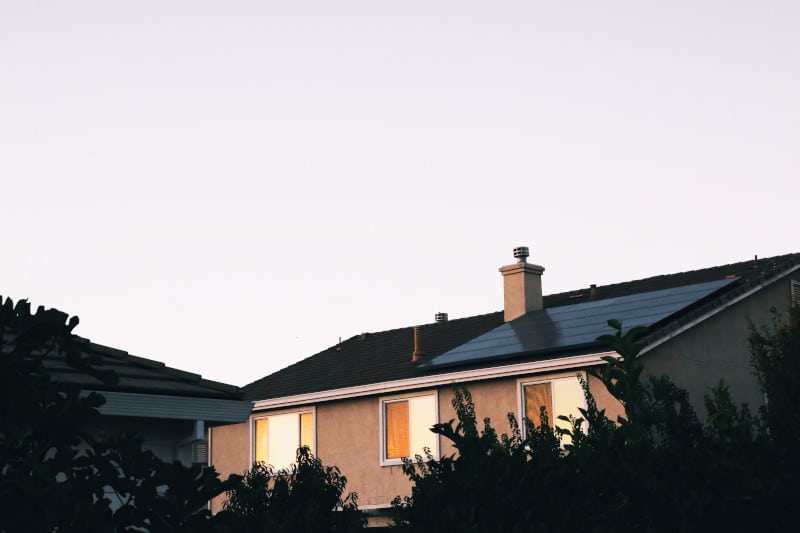
These panels consist of a black panel surface either glazed or un-glazed. When captured, the heat is transferred into working fluid in glass tubes. This fluid then moves the thermal energy to wherever needed. If the solar panels are highly insulated, then they will even capture solar energy on a cloudy day.
Obviously, solar panels will work more efficiently during peak sunshine hours through the day when they attain over 1000 watts of solar power. You will get a better performance and a higher energy expectancy if you buy better quality solar panels. Sometimes it is worth spending that extra little bit to get the results you want.
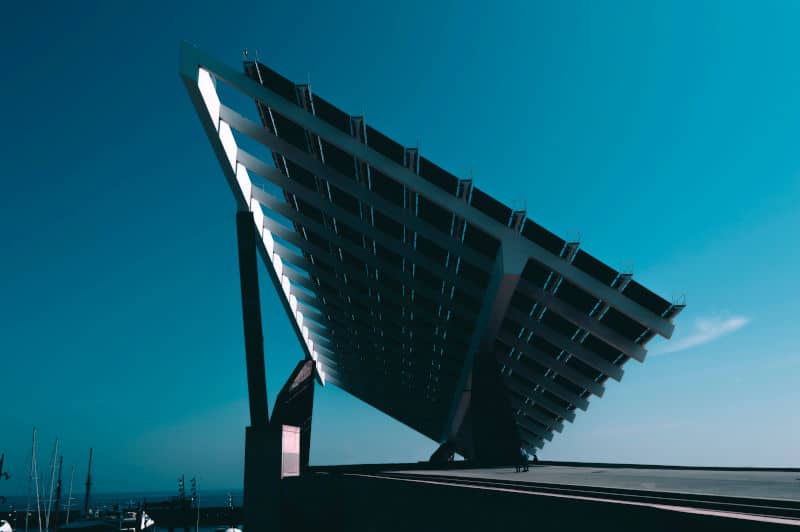
Solar energy can be converted into electrical energy or thermal energy. Although it is a free and unlimited energy, the cost of collection, conversion and storage is fairly expensive.
For this reason it is limited to being used in certain countries. However, there is so much potential for solar energy to flourish and accomplish the long term energy supply that we need.
Water efficiency
Water is one of the most important resources on earth that we are highly dependant on. Although 70% of our planet is covered in water, only 2.5% of that is freshwater.
A further two thirds of that water is trapped as frozen water in the ice caps and glaciers.Basically, we do not have an unlimited supply of freshwater needed to sustain healthy communities whilst protecting the environment.
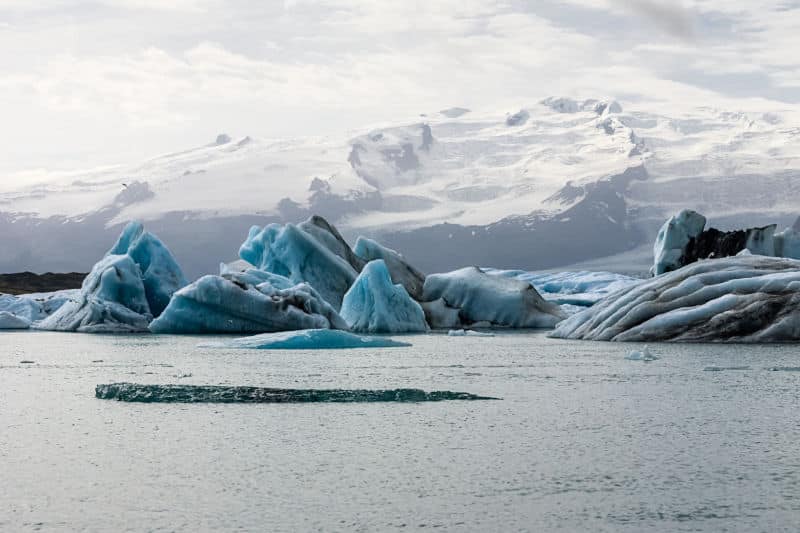
One of the main ways in which we can reduce water wastage is through water efficiency. This is made possible through the development of water-saving technologies. In order to assure that there are sufficient water resources for future generations, we must change our current methods.
Firstly, did you know that it takes an outstanding amount of energy to efficiently treat and deliver water? The average person uses 150 liters of water per day.
Whether that be drinking, cleaning, bathing, or any other activity that requires water usage. This doesn’t even include the amount of energy that is required to heat that water.
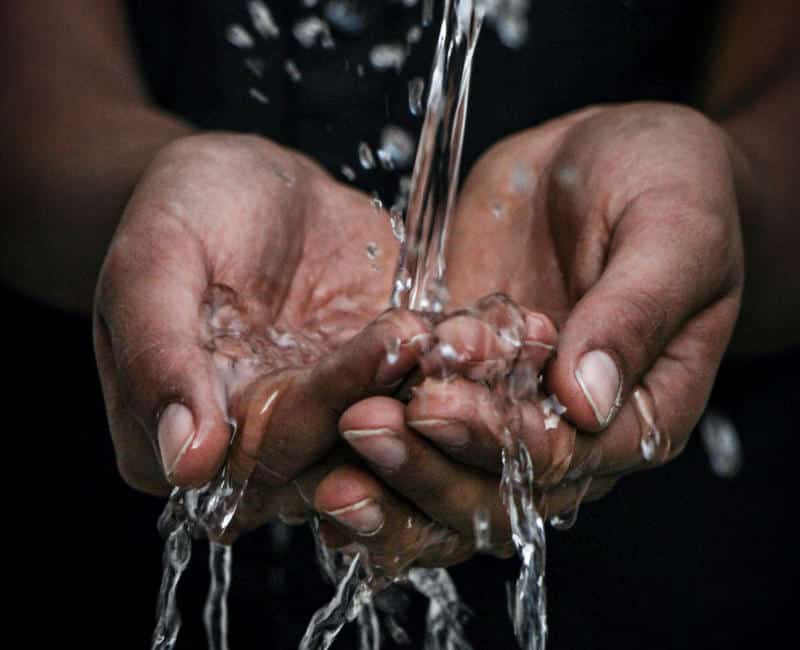
Although freshwater is essential for survival, there are many countries around the world that do not have access to the water they need. This water lacks in quality and quantity, as a result around 2.1 billion people do not have access to clean water.
There are many ways in which you can contribute and reduce your water usage. This will not only help save the environment but also save you money. This can be anything from turning off the tap when you aren’t using the water to reducing your shower time. You could even create an eco-shower if you live in an area where this is possible!
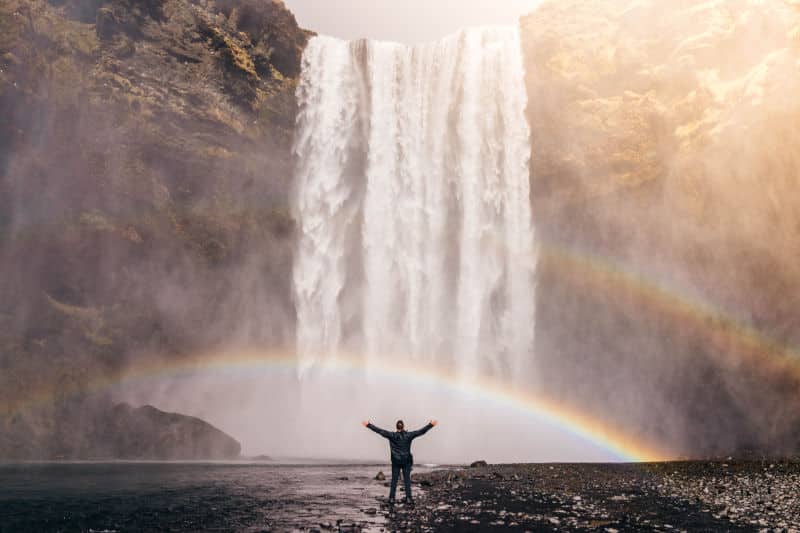
This is an important change we must make in order to protect our planet and be more sustainable. Unfortunately, water wastage leads to droughts, polluting water sources and contributes to an influx in disease, illness and agricultural scarcity in less developed communities.
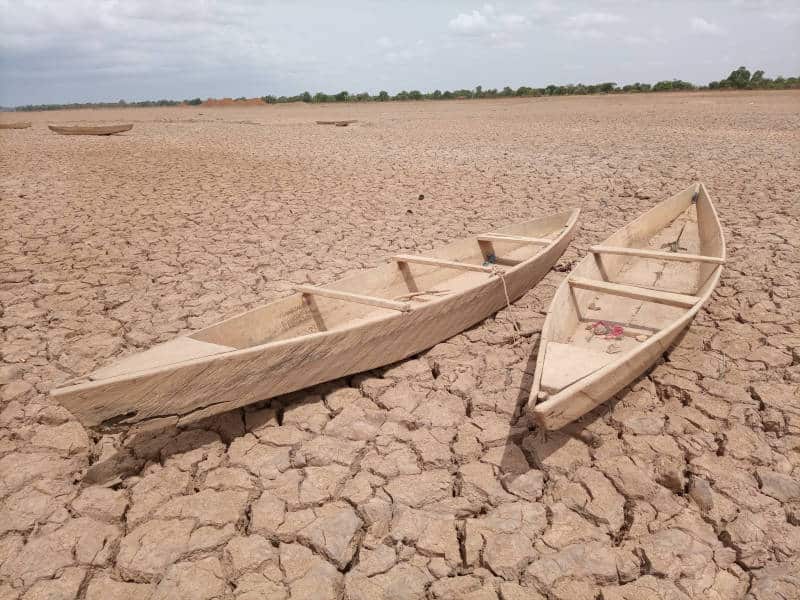
Water efficient technologies are becoming more available and are the way forward. These can be bought to save water in houses, buildings, gardens and farms. These vary from rainfall shutoff devices and water irrigation controllers for outdoors, to water efficient household appliances for your home.
Crop Rotation
To briefly explain, crop rotation is growing different types of crop in the same area over different periods of the year. Certain seasons are better for certain types of crop to grow. There are many benefits to crop rotation such as:
- Recycling nutrients: These nutrients are known as soil organic matter (SOM), and this practice improves the quantity and structure of the SOM for future produce.
- Increase in soil fertility: By continuously planting the same crop, the soil fertility is reduced. However, crop rotation controls the nutrients in the soil, by disposing of the excess and increasing the depleted nutrients. This is because each crop has different types and quantities of nutrients they produce.
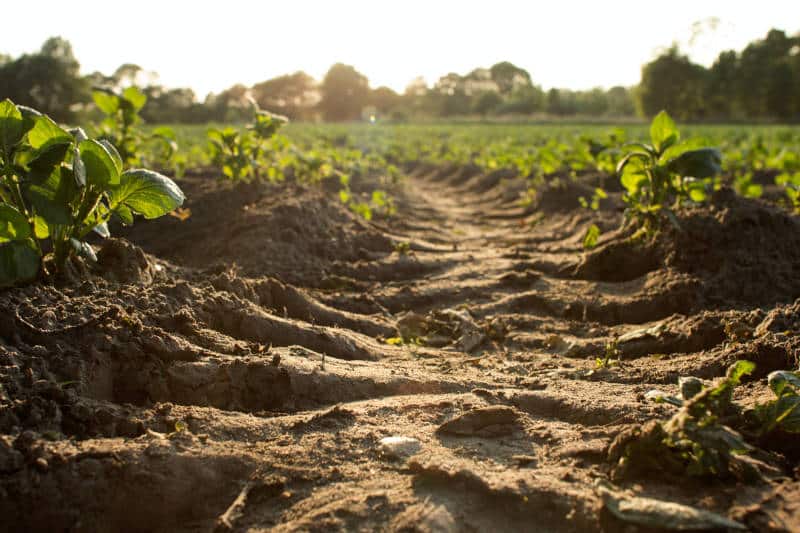
- Promoting different species populations: By planting various crops you are increasing the biodiversity. Thus, having an effect on the diversity of the surrounding ecosystems. This means a rise in fauna, flora and micro-organisms, therefore creating a healthier and more dynamic environment.
- Production cost advantages: Crop rotation has an immediate effect in production numbers. Evidence shows that crop rotation enhances crop yield by up to 25% compared to mono-culture.

- Pest and pathogen control: with mono-culture, certain pests and pathogens become adapted to the environment and establish for long periods of time. However, crop rotation reduces the number of pests by interrupting the life cycles and habitats.
- Reduction in soil erosion: the top layer of soil is the packed with nutrients needed to sustain the crops. Soil erosion removes this top layer leaving the land exposed to weather damage. Crop rotation protects this top layer of soil by providing soil cover from the plants.
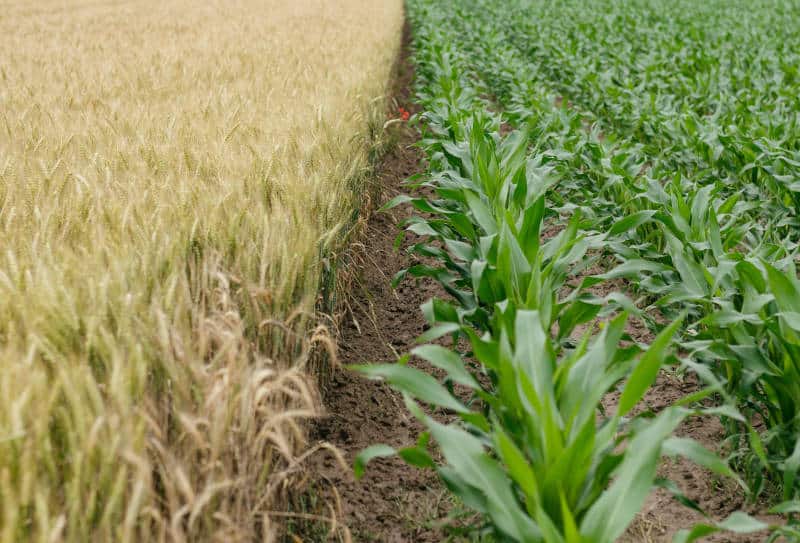
Goals of Sustainable Development
We aim to achieve the ultimate goal of creating a more eco-friendly and equal world for our planet and communities across the globe. People around the world realise that something needs to happen in order to make a difference.
These goals are all in some way related to developing and improving sustainable development and renewable energies.
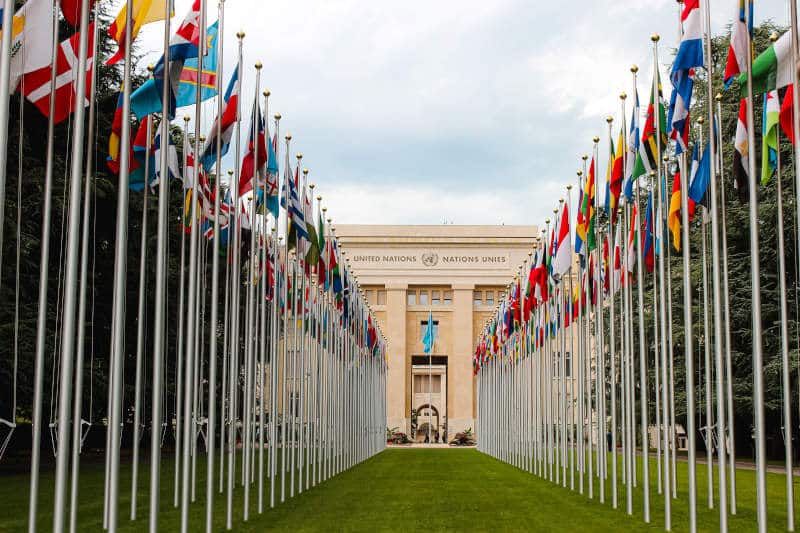
17 Global Goals
The United Nations have put together 17 sustainable development goals to achieve. In order to succeed we must all make the effort to make conscious changes to our lifestyles. Here is a list of those goals and what you can do to help.
- No poverty – the fight against poverty has been an major goal for centuries. Over 10% of the worlds population living in extreme poverty, that’s 700 million people. As a result, these people do not have access to education, sanitation, clean water, enough food and many more.
- This number is unacceptable, as it is a basic human right to have safe and hygienic living conditions. Things you can do to help are donating goods that you no longer use or donating money to related charities. The aim is to eradicate extreme poverty by 2030 and reduce poor living conditions by half by the same year.
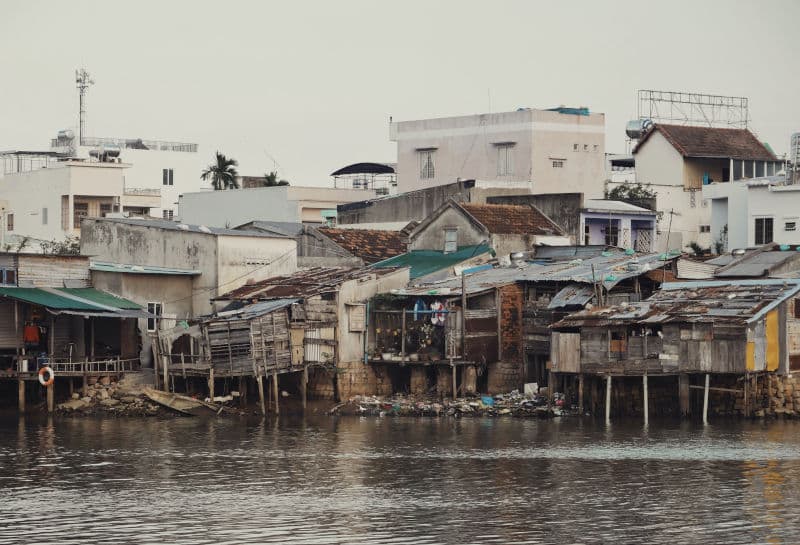
- Zero hunger – Currently, 690 million people around the world are undernourished and do not have access to adequate food. If nothing changes, then by 2030 there will be over 200 million more people suffering from hunger.
- The UN are working on improving agricultural systems and sustainably doubling productivity. Avoid wasting food where you can, and donate to food banks or charities when you can.
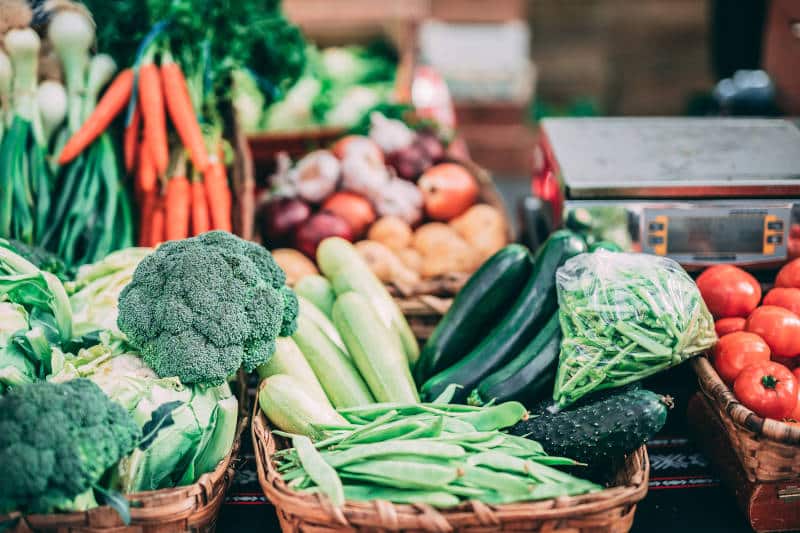
- Good health and well-being – Unfortunately, there is a large percentage of the population do not have healthy living conditions. This includes being exposed to disease through poor sanitation and not having access to proper health care.
- One aim is to end the major pandemics such as Aids, Tuberculosis and Malaria by 2030. Reducing child and maternal mortality rates in less developed countries is essential. For this to happen, health care systems and cures/vaccines must be improved and be available to all communities around the world.
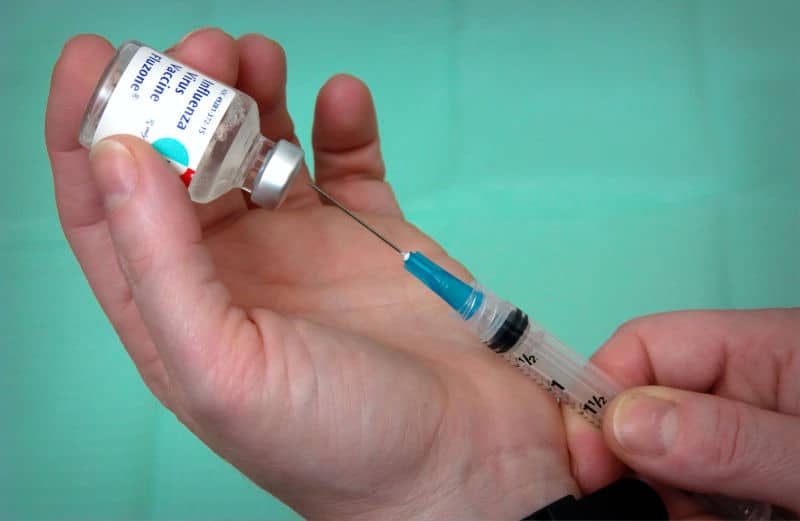
- Quality Education – In 2020, 1.6 billion children are not enrolled in school in underdeveloped countries. Not only are they out of education but they are also missing essential meals provided by schooling systems daily.
- By 2030, the UN aims to provide free, quality education for all children to improve young mental development. Eliminating gender inequality is also a primary goal to make sure that all men and women have equal opportunities for higher education.

- Gender equality – Although this should be a basic human right it is still widely unaccomplished in many parts of the world. Gender inequality is prominent in many aspects of peoples lives. Such as in the workplace and education systems, social challenges, health, economy and safety.
- In order to achieve gender equality there are many targets, mainly focusing on ending discrimination against women and creating equal opportunities for all.
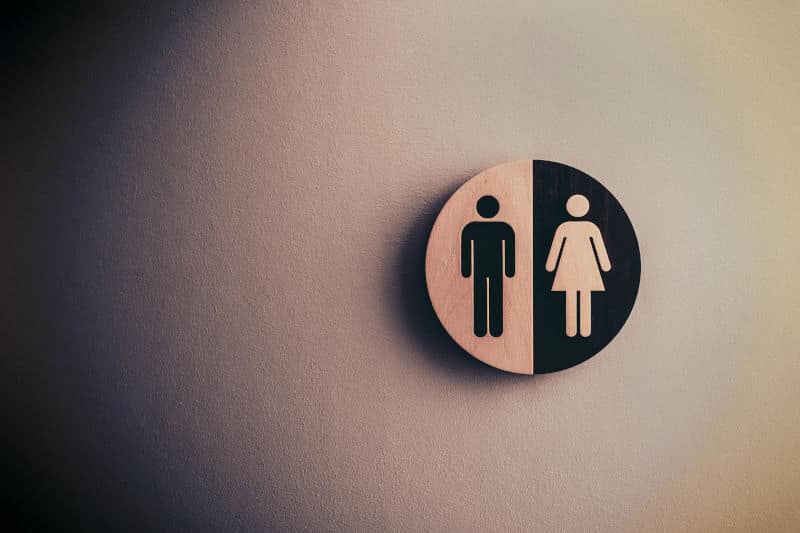
- Clean water and sanitation – Access to clean water and sanitary living conditions is essential for people to live long and healthy lives. 1 in 3 people does not have access to clean water, which is safe for drinking and cleaning.
- The increase in diseases and illness are related to this lack of access, which is causing mortality rates to increase in poverty stricken areas. This is the aim by 2030, for all people around the world to have access to clean water and sanitation facilities. For this we must reduce water wastage and pollution.

- Affordable and clean energy – One of the main goals of sustainable development! We are making more and more progress to a more sustainable future, powered by renewable energies. But for this to work it must be available to everyone.
- By 2030 there must be universal access to efficient, eco-friendly and reliable energies.
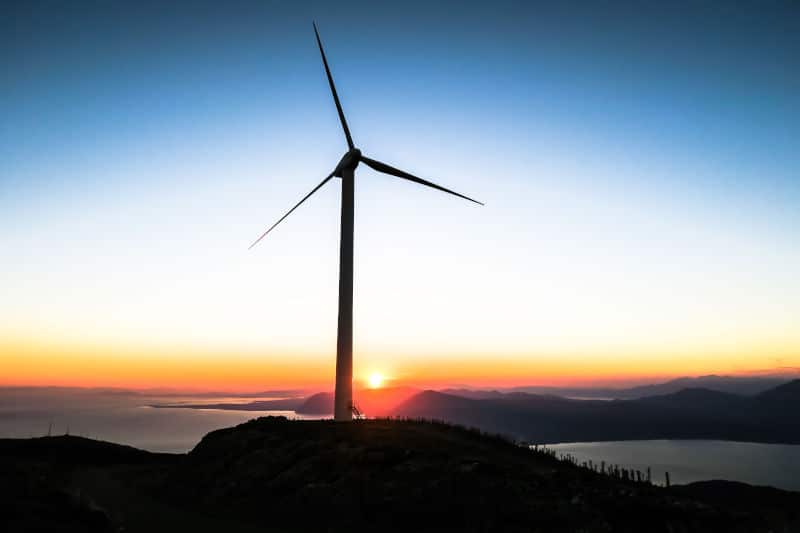
- Decent work and economic growth – to improve the economy and give people better opportunities there must be a rise in decent jobs for people.
- COVID-19 has made it difficult for people all over the world due to job losses and the drop in economy. The employment rate must increase as well as the economic growth. Making jobs more available and improving living standards across the globe.

- Industry, Innovation and Infrastructure – Through the COVID-19 crisis, many industries and businesses are struggling to maintain and develop financially. As a result, there has been a steep decline in manufacturing growth.
- Therefore, quality and resilient infrastructures must be made to support economic development. This is essential to avoid any future companies going into bankruptcy or administration. By 2030, we are hoping to achieve inclusive and sustainable industrialisation all over the world, especially in developing countries.

- Reduced inequalities – Inequality is prevalent in most under-developed countries, where people have less opportunities, lower income, poor living conditions and less access to sanitation and food.
- One of the major issues is income inequality, which must be eradicated in 40% of all countries. The aim is to achieve a sustainable and equal income growth among these countries and promote the economic, social and political inclusion of all people.

- Sustainable cities and communities – In urban areas, approximately 24% of the population live in slums or run down areas and are exposed to a serious amount of pollution. In order to improve living conditions and make a safer environment for people living in cities.
- Not only is pollution a major danger to communities, but it is also destroying the planet. The targets are to make safe living conditions available to all and push the development of sustainable industrialisation.

- Ensure sustainable consumption and production patterns – One of the main problems our planet is facing is the rate and which we use its resources un-sustainably. Time is running out for us to develop recovery plans and increase our production and usage of sustainable resources.
- By 2030 we must reduce our food wastage, pollution rates and chemical waste. During which we must increase our use of sustainable resources efficiently in all parts of the world, whilst restoring damaged ecosystems.

- Climate Action – Global warming is the biggest threat facing our planet. Not only is it destroying ecosystems and causing natural disasters, but is also negatively impacting human health and productivity.
- As a result, many people in poverty stricken communities are being increasingly exposed to diseases and hunger. The aims are to make communities more resistant to natural disasters and food scarcity and above all promote the development of renewable resources and waste reduction.
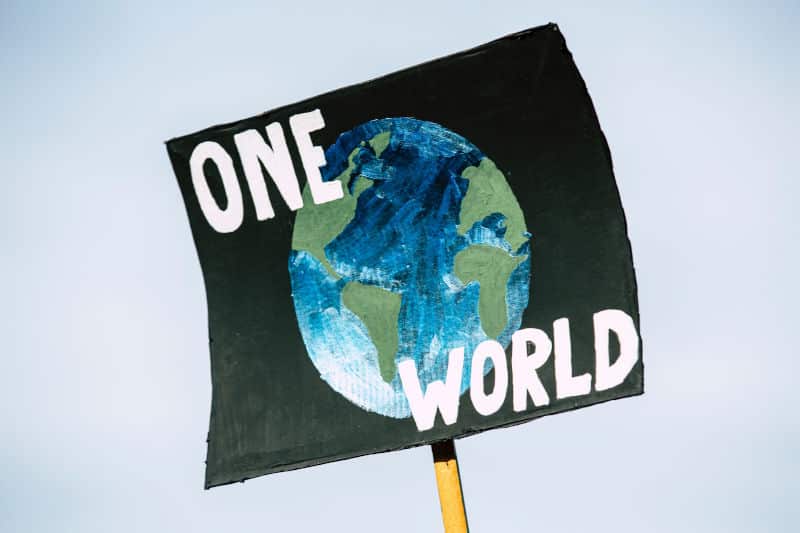
- Life Below Water –The oceans are essential to the well-being of life on earth. Not only do we use the oceans for our major resources, but also for food and recreation. The oceans play a critical role in reducing global warming. However with the rate of marine pollution that is happening, our oceans are become increasingly endangered.
- Ocean acidification is on the rise, as well as a major loss in biodiversity and protected areas are being destroyed. by 2025 we aim to majorly reduce marine pollution and by 202o sustainably manage and protect all marine ecosystems. This includes reducing pollution rates and banning many major fishing industries from over-fishing and destroying habitats.
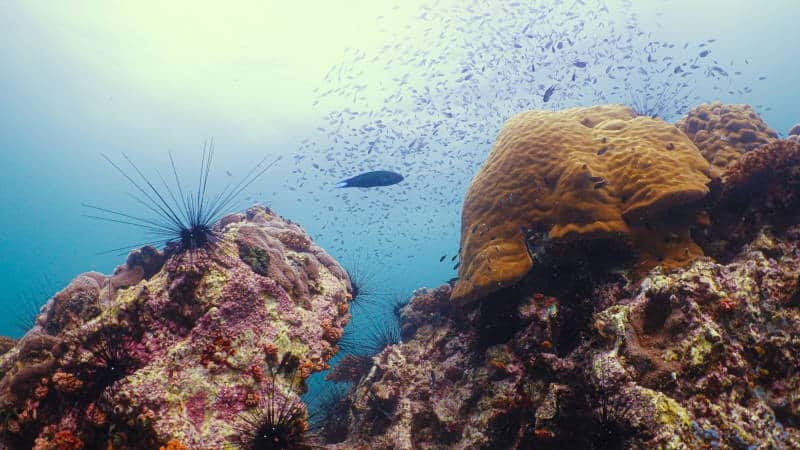
- Life on Land – Humans are highly reliant on terrestrial resources. However, there has been a significant decline in biodiversity and ecosystem functioning over recent decades. There are now 31,000 species that are threatened with extinction, and millions of hectares of natural habitats are being destroyed annually for agricultural purposes.
- Integrating the protection of biodiversity into national planning has now become a major priority across nations. By 2020 the aim is to restore and protect terrestrial and freshwater ecosystems. This will be ensured whilst promoting the sustainable use of terrestrial resources.

- Peace and Justice Strong Institutions – We must promote a peaceful world, with fair judicial systems accessible to all. No person should live in poor conditions that could be life threatening, therefore we must make inclusive and effective institutions for all causes.
- Violence is at an all time high, with over 100 innocent people being killed in conflict every day. Global peace and security is a significant step in the right direction for a world of tranquillity with no violence. The UN aim to reduce all risks of violence and death rates through war and conflict. This includes the ending of human trafficking, abuse and violence at all levels.

- Partnership for the goals – The links between nations to achieve these goals must be strengthened in relation to each sector.
- In order to successfully implement and revitalise the global partnership, the UN must work on their relations in finance, technology, capacity building, trade and systematic issues.
Dedication is Key
The world leaders are doing there part and working towards a better and more sustainable future, but its not just up to them. For these goals to succeed we must also make a conscious difference to our every day lives and opt for more sustainable alternatives.
Making that small effort just to change things such as eating locally, donating to an environmental charity, volunteering or buying goods from eco-friendly and ethically conscious companies makes reaching these goals just that little bit easier. We all live on this planet, so let’s try and protect it and work towards a more peaceful world!
